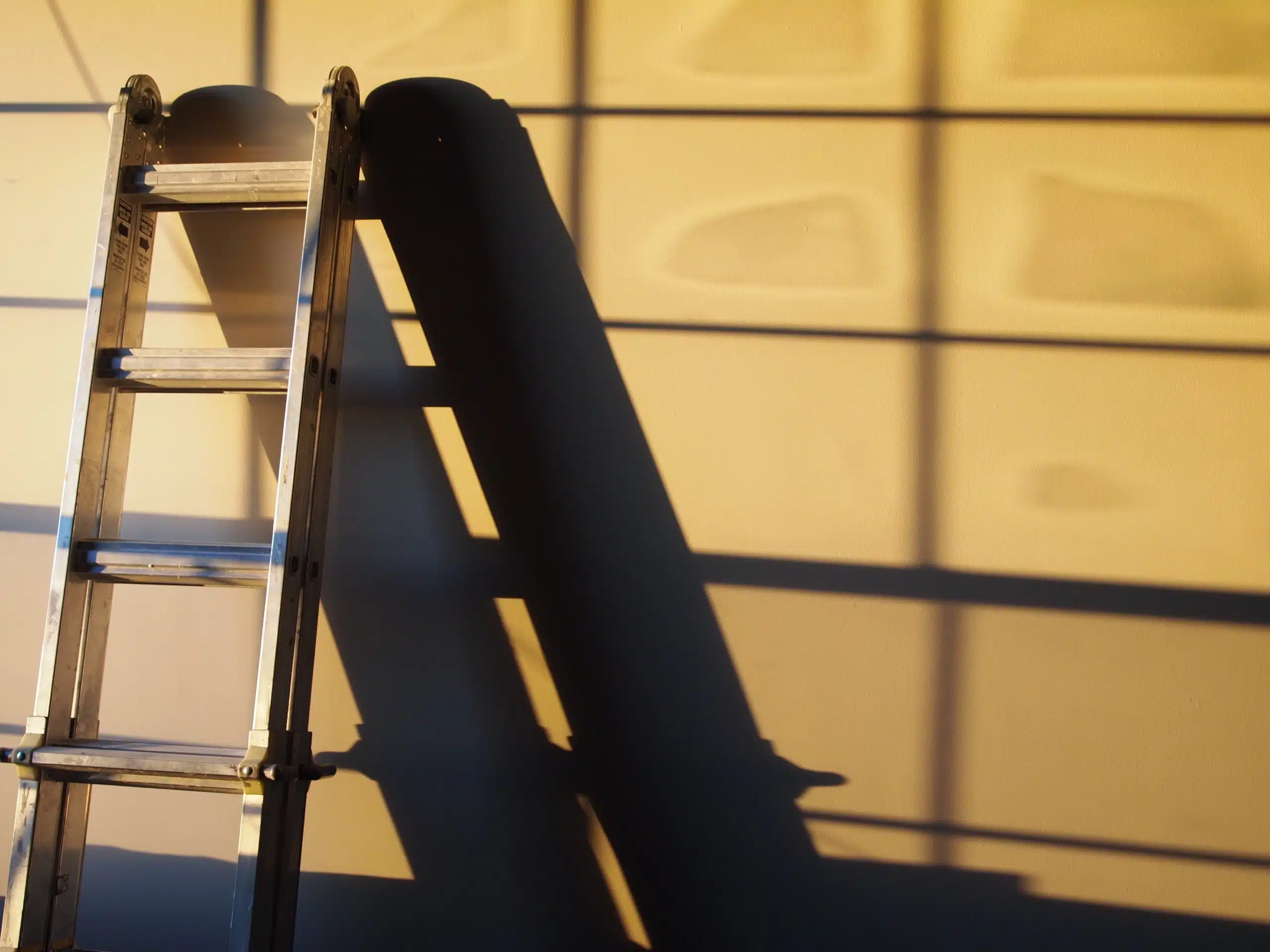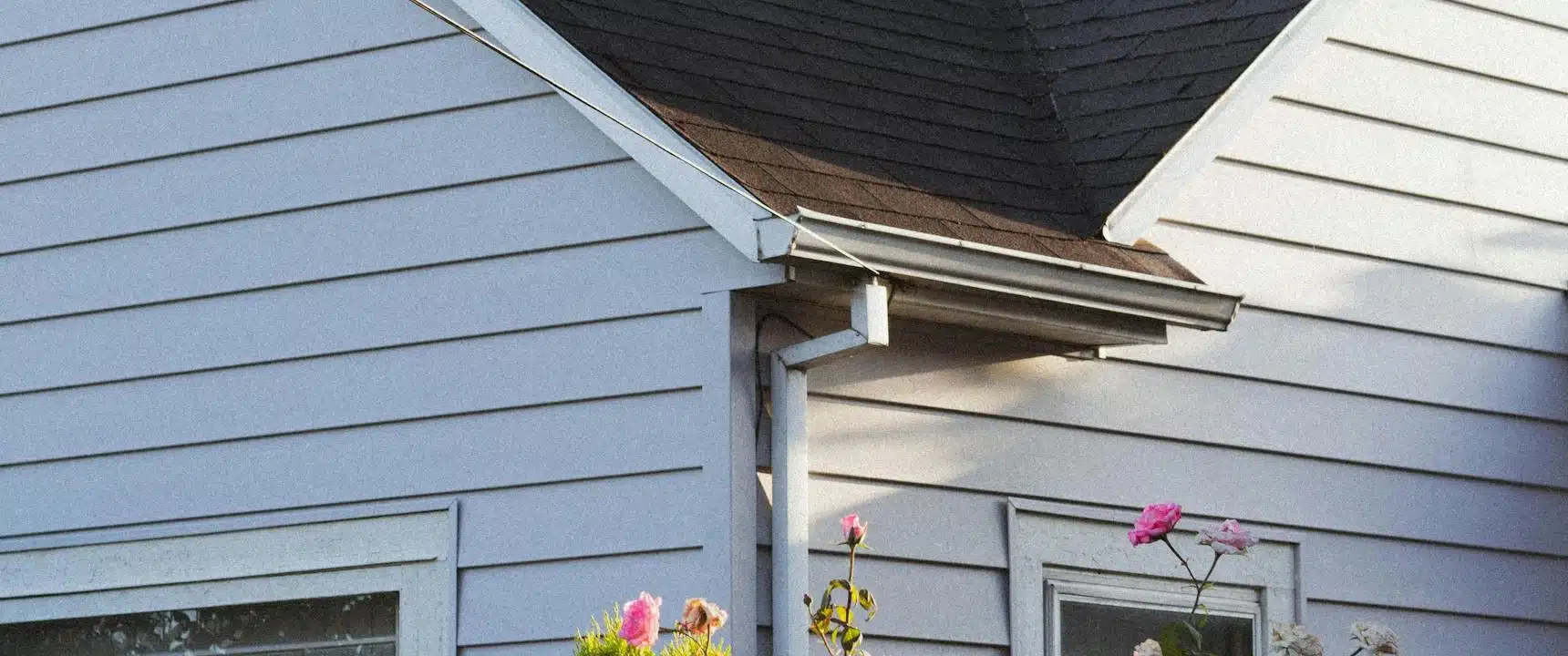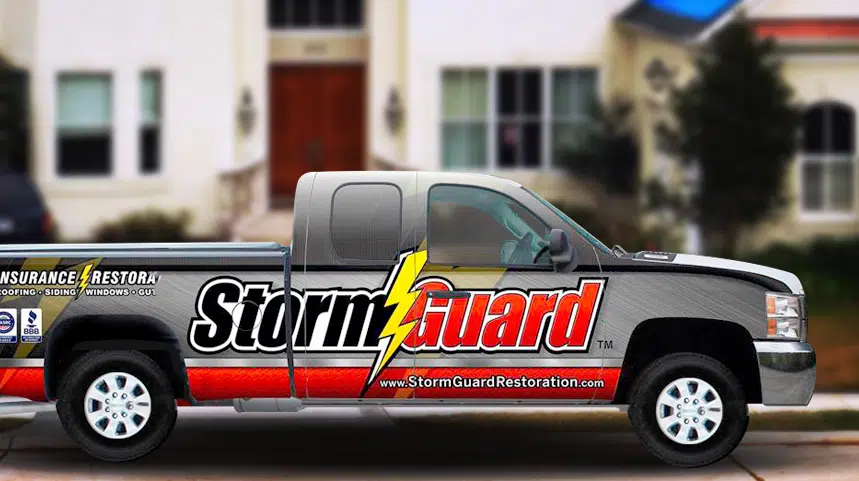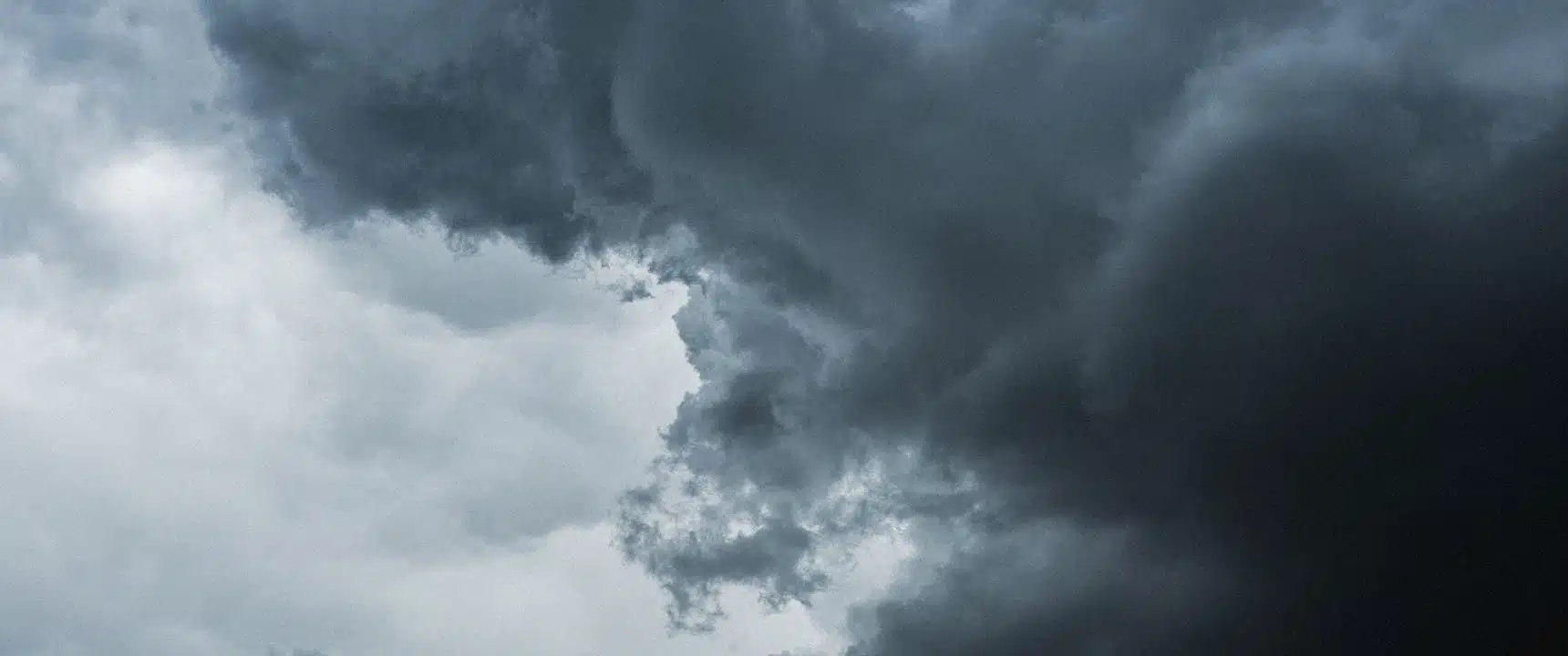
Taking care of your home can feel overwhelming. We’re here to break it down for you to make the stressful …

The weather in Central Texas can bring it all – intense heat, severe storms, tornados and even hail. Your roof needs to withstand all these elements, but sometimes Mother Nature is just too much.
If severe weather damages your Austin home’s roof, it’s important to repair or replace it quickly. Vulnerable roofs are prone to leaks and other issues that can escalate and cause further damage to more areas of your house.
In this article, we’ll discuss all the ways weather can wreak havoc on your roof and what you can do preventively (and reactively) to fix any issues caused by the weather. We’ll cover the following weather scenarios we commonly experience here in Central Texas:
Let’s get started.
Severe weather comes in many forms, but commonly the biggest problem-children for roofs in Austin are wind, rain and hail – or a combination of all three.
High winds can rip off shingles and tear off tree limbs, which can easily become projectiles headed straight for your roof. One fallen tree limb can puncture your roof entirely and leave it exposed to rain. And that’s just during a strong wind event. There are also tornadoes to worry about.
Though generally less frequent than other weather events, these stealthy storms come in fast and hit hard. Tornadoes can rip off your roof with the same ease that it takes for you to lift a blanket over your bed. They can also down trees, power lines and cause other structural issues.
If your home has been in the path of a storm, it’s always a good idea to get your roof professionally inspected once the dust settles. Even if there aren’t any signs of obvious or significant damage, strong winds and heavy rains can leave your roof weakened. Over time, this can become increasingly problematic.
In nearly all instances, it is far cheaper to repair your existing roof preventively than it is to wait until you’re left with no other choice but to replace it.
Water is any homeowner’s enemy, and a leaky or exposed roof provides an all-too-convenient path for water to enter your home. Insulation can quickly get saturated and soon you’ll be staring down another kind of opponent – mold.
Heavy or frequent rains can make it difficult for your roof to keep up. If puddles being to pool on your roof and aren’t able to flow out and away from your home, it can lead to water damage on your roof, in your attic or ceilings. It can also cause problems for your foundation.
Moreover, if you have any weaknesses on your roof – whether it’s in the flashing, shingles, or gutters, water will find and expose those weaknesses. Unfortunately, you may not notice any warning signs until you’re already faced with a significant issue.
Keeping up with roof maintenance is the easiest, cheapest and overall best way to keep your roof strong and performing at its peak during rain events. It’s also the best way to prolong the life of your roof, and it will be the cheapest option by far in terms of your overall roofing costs.
Whether as small as a pebble or large as a baseball, punishing hail can beat down on a roof and leave it weakened (at best) or in need of a full replacement (at worst). If you are concerned your roof has been damaged by hail, here are a few signs to look for:
Significant hail damage is generally fairly obvious even from the ground, but it’s best to contact a roofer to professionally inspect the damage from above. If you experience hail damage to your roof, give our team at Storm Guard of SW Austin a call to help you assess if you need to repair or replace your roof.
Because we can’t escape the weather, it’s important that we do everything we can to put up our best lines of defense to protect our roof (and, in turn, our families inside the home).
Here are some maintenance checks you should routinely do on your home so you can spot any roof weaknesses before rainwater has a chance to seep in.
Storms are unpredictable, but one thing that is in your control is the maintenance you do to your roof. Call us at Storm Guard of SW Austin for your routine roof inspection and help reinforcing your roof for storm season.
Even the most durable and weather-resistant roofing products won’t last forever in a climate like ours here in Central Texas. The sun is powerfully unforgiving, and we’ve all seen what it can do to our gardens (and our skin!). That same force beats down on our roofs, too.
Over time, repeated exposure to the sun’s ultraviolet rays can make shingles crack, become brittle and cause other damage to your roof. Moreover, as the temperatures change from daytime highs to overnight lows, roofing materials expand and contract. Though hardly noticeable to us, this slight shifting of materials does slowly wear down your once-strong roofing materials.
In Austin, heat and humidity combine for a double-whammy hit to our roofs. Too much heat or too much moisture can reduce the lifespan of your roof and lead to water damage if excess moisture accumulates.
The more frequently our roofs are exposed to intense weather conditions, the more quickly they wear out if they aren’t maintained and repaired at the first signs of a problem.
One solution to battling heat and humidity is to insist on quality waterproof roofing materials. A lot of materials claim to be waterproof, but when actually put to the test, they just don’t cut the mustard compared to higher quality products.
It’s also important to make sure your home is well insulated and ventilated. Insulation will help your home retain a consistent temperature and minimize moisture accumulation. Ventilation allows your home to breathe and prevents it from becoming too hot. Property ventilation in your roof can also extend the life of your roof.
As you consider your roof’s age and condition, be sure to factor in all the weather impacts it must withstand. Routinely evaluating its weak points, especially near seams and the part of your roof that’s most exposed to the sun, is helpful for spotting problems before they morph into major expenses.
Our last weather topic to discuss is less about the day-to-day weather we encounter and more about seasonal changes that can impact our roof. It’s leaves.
When we think of leaves, we think of big piles in our yard perfect for the kids – and kids-at-heart – to jump in. We don’t necessarily think about the ways in which they can damage our roofs.
But they can.
If leaves sit on your roof for extended periods of time, they can begin to cause serious problems.
One of the biggest problems is excess moisture that forms under the leaves, especially if they are clumped or piled together. Even though fall is less hot and humid than summer, moisture will still accumulate on your roof. Add any rainfall to the mix, and you could start to see rotting near the leaves and under the shingles much more quickly.
Here are a couple remedies for keeping leaves off your roof:
Leaves seem so light and free. It’s hard to imagine them damaging your roof, but they can if they’re left unattended. Stay on top of your fall yard and roof maintenance to keep your roof in tip-top shape, especially as you head into the winter months.
If you’re concerned about your roof holding up in Austin’s weather, please get in touch with us right away at Storm Guard. A quick roof repair might be all it takes to keep your roof doing what it does best – keeping you safe and dry – and most definitely without a middle-of-the-night water emergency.

Taking care of your home can feel overwhelming. We’re here to break it down for you to make the stressful …

There are several key indicators that mean it’s time to pay attention to your roof. Some may seem less alarming …

Ready, set…roof! When you decide you’re ready to repair or replace your Austin roof, you might fall into one of …

In a very short amount of time, Storm Guard Restoration has become a leading name in restoration, providing people all …

Nature’s fury can easily find your roof’s weak spots. Heavy rains and snow are especially notorious for this, causing costly …

Severe weather in Austin is not something to take lightly. No matter the time of year, we could be in …